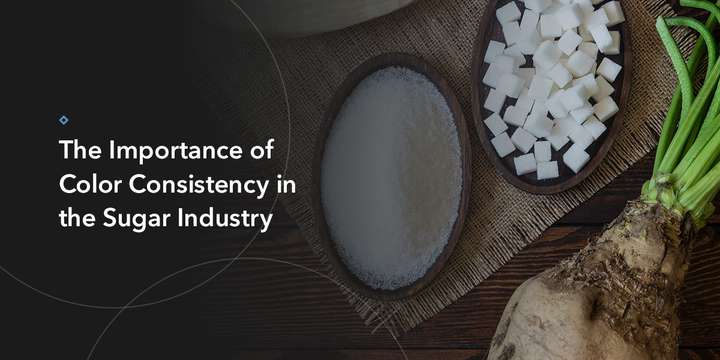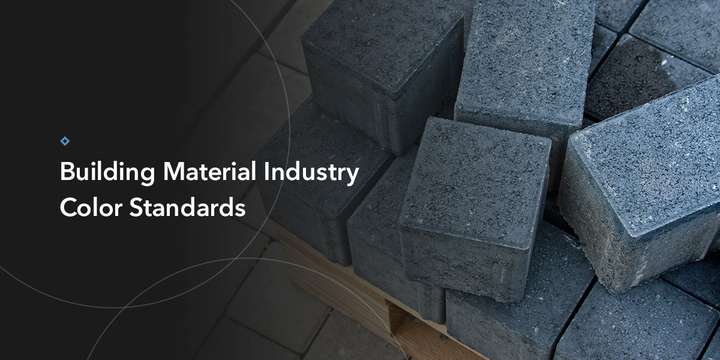As color selections for indoor and outdoor building designs expand with vivid and intriguing new options, quality control tools for measuring color consistency in architecture have become more critical than ever. When buyers pay top dollar for a new home or commercial facility, they expect near-perfect craftsmanship for all elements of their property. Using a single building product that varies even slightly in color can quickly destroy the aesthetics of an entire large-scale project.
What Is Color Control?
In construction, color control primarily means maintaining consistency in one color application and accurate color matches across multiple material types. Regardless of which color or pattern the buyer chooses, builders are responsible for maintaining consistency throughout the entire construction process. Because materials like glass, shingles, tile, bricks and wood have different characteristics, maintaining color control during a project can be challenging.
Recognizing potentially defective building products ahead of time means preventing significant monetary losses, which typically fall on the builder's shoulders. One of the best ways of controlling these issues is by implementing a thorough inspection process before using the materials.
Why Is Color Control Important for Building Materials and Architecture?
Color control or color matching is vital in construction because of the extensive range and variation in materials used throughout the industry. While many builders offer swatches and color samples to their customers for pre-approval, matching them to specific materials can be much more challenging because of the various textures and roughnesses associated with different products. To remedy these problems, designers have grown accustomed to furnishing actual product samples revealing exact colors.
Color control is even more critical in the building material manufacturing process. Many companies have implemented colorimeters or spectrophotometers to ensure the highest color consistency levels. Choosing the best tool for measuring building materials often depends on the product's opacity, roughness or specific texture.
At HunterLab, we offer a comprehensive selection of color measurement tools to handle an extensive range of building materials, from roofing shingles and ceramic tiles to windows and coated glass. Our experienced team leverages decades of technical expertise to help our customers choose the most reliable, accurate and cost-effective tools for their operations. We pride ourselves on providing the guidance you need to enhance color consistency.
Connect With HunterLab's Expert Team Today
Get in touch with our team today to obtain additional product information or request pricing on a specific measurement tool. Please also explore our extensive blog for more insightful posts on color science and color measuring.





